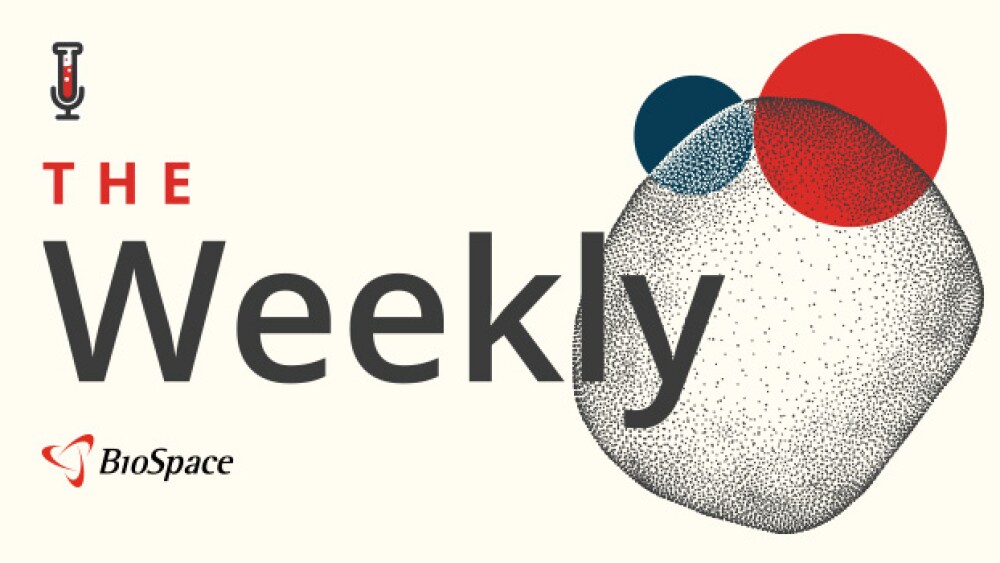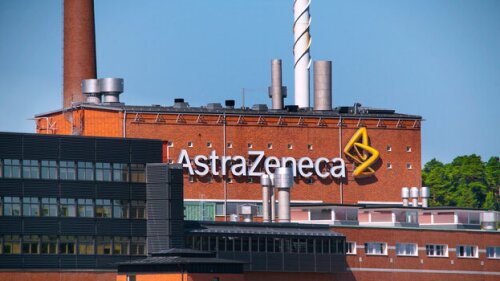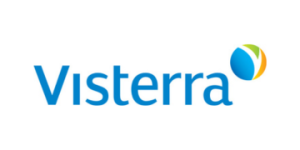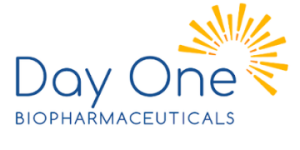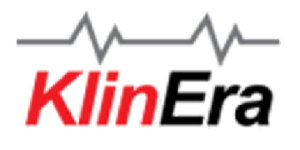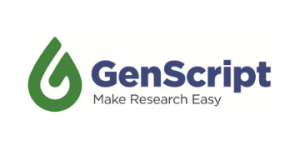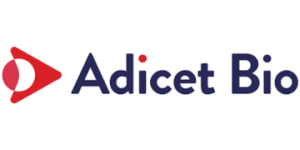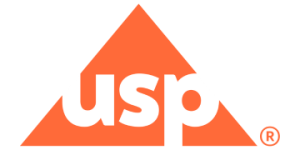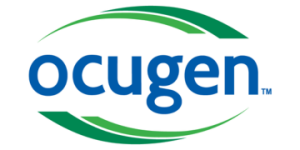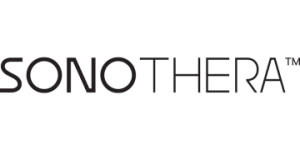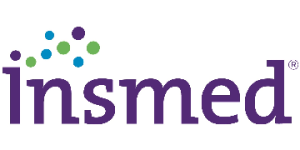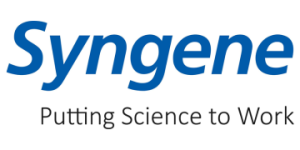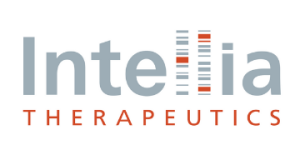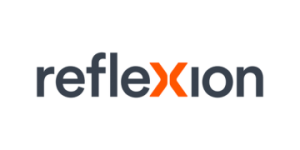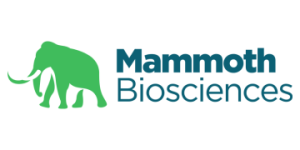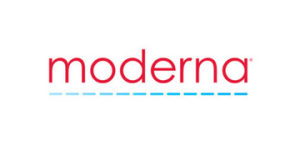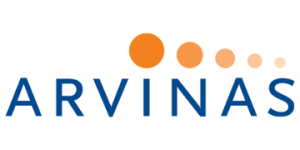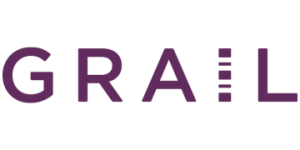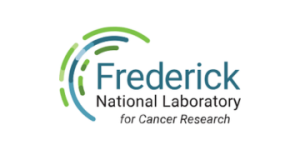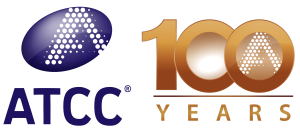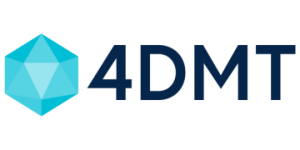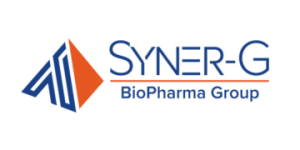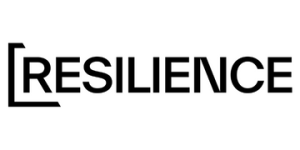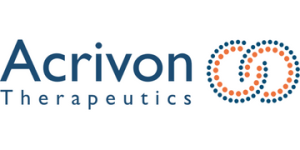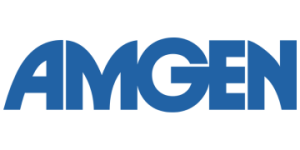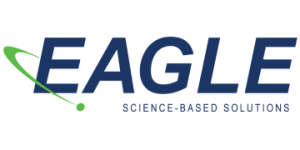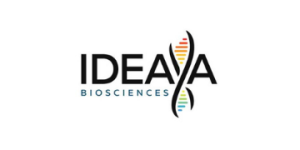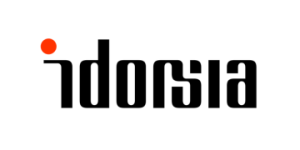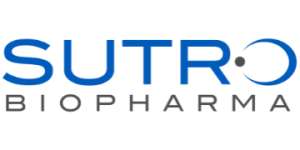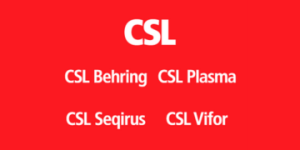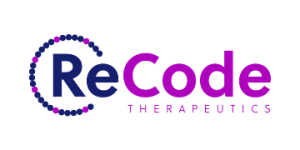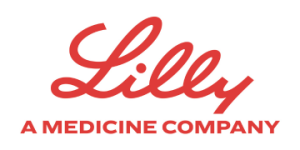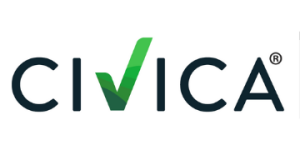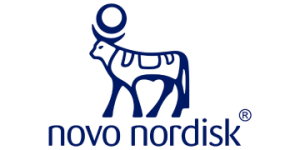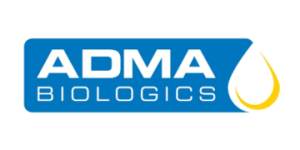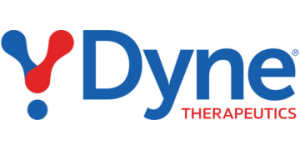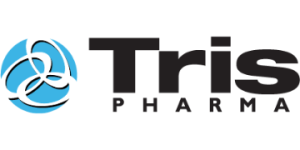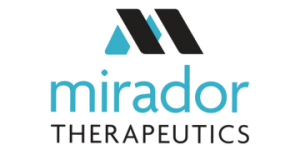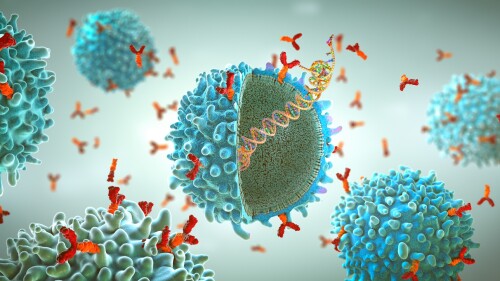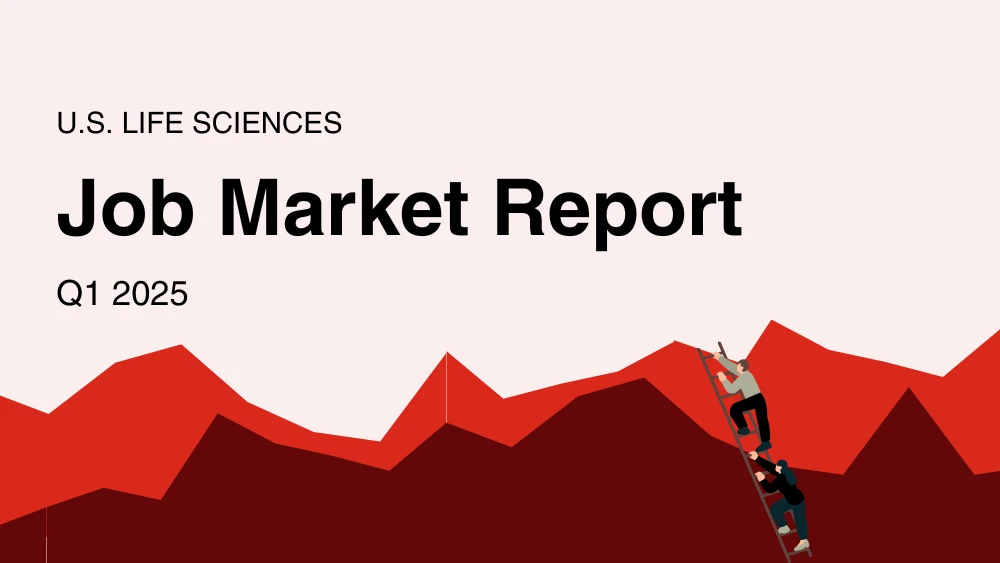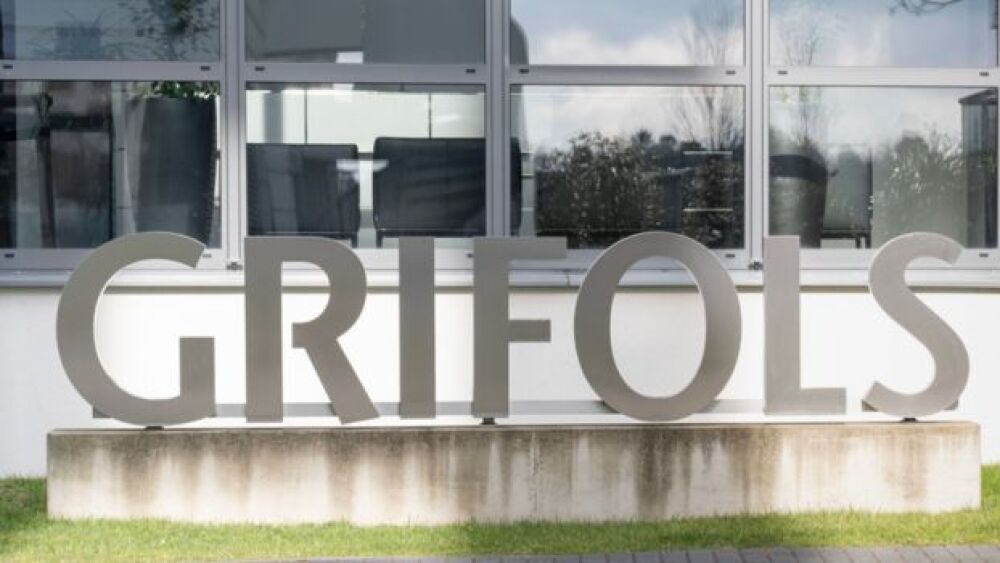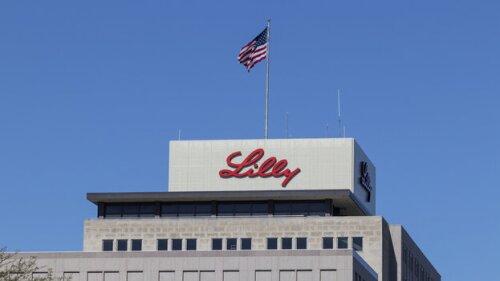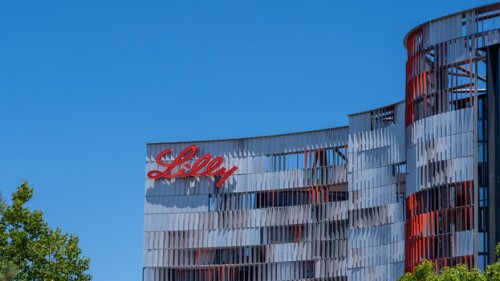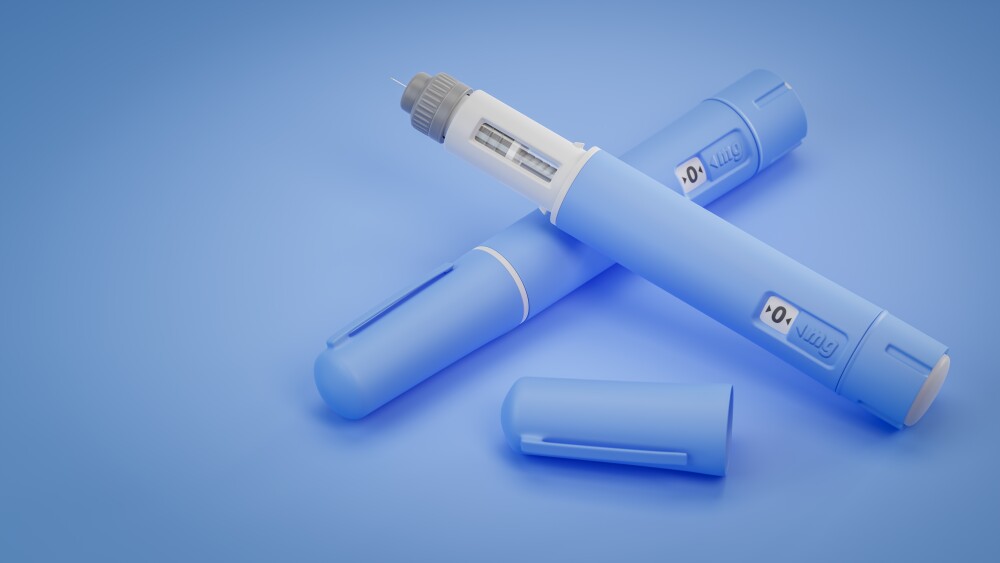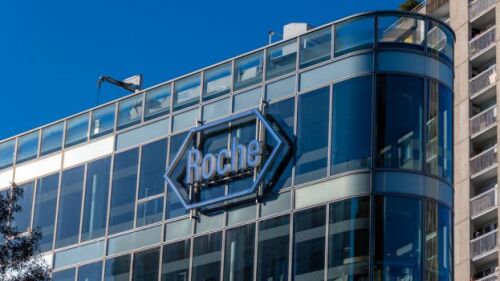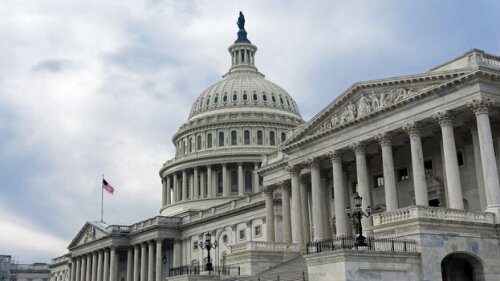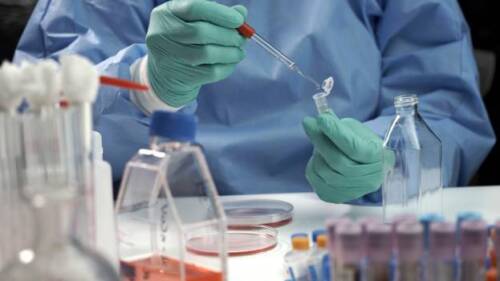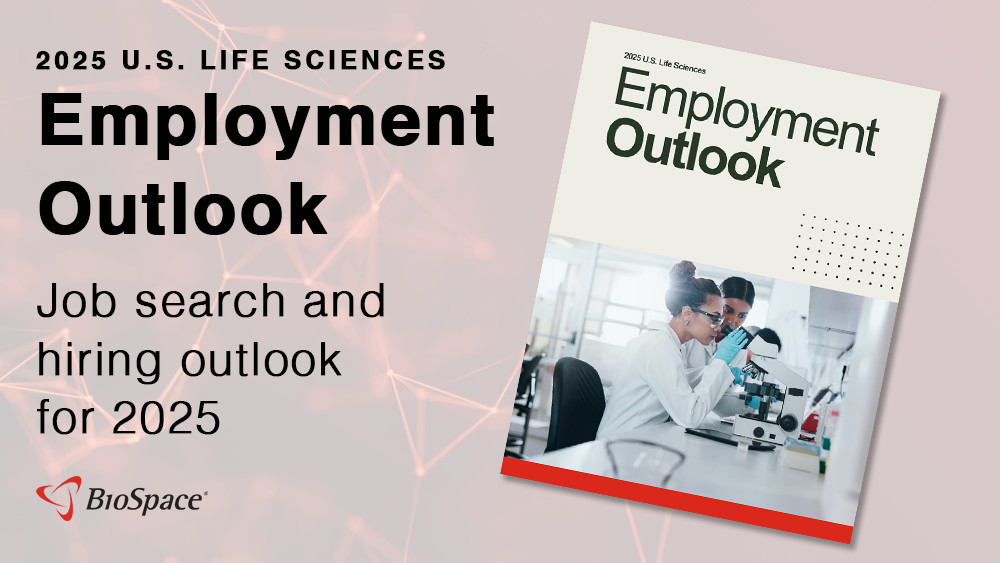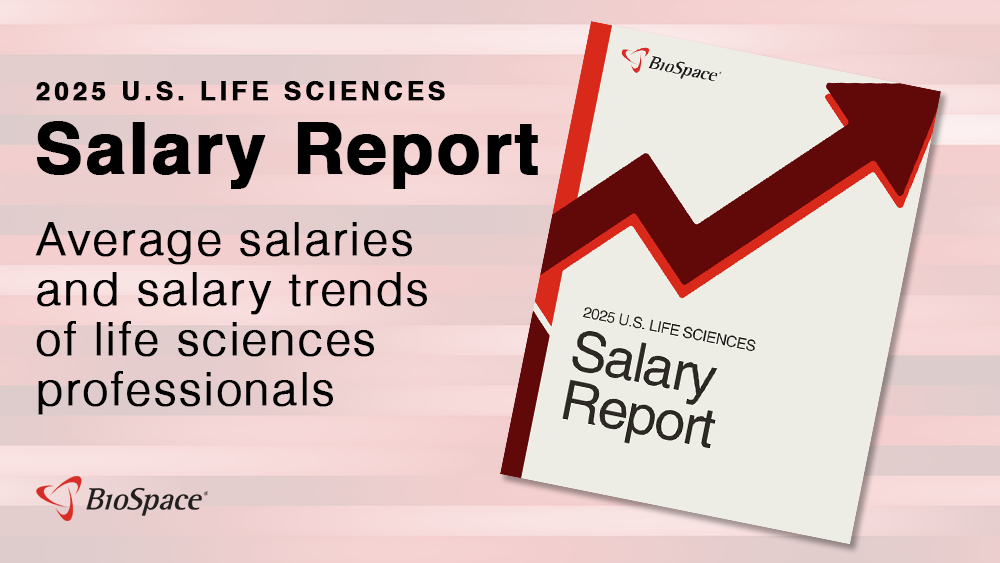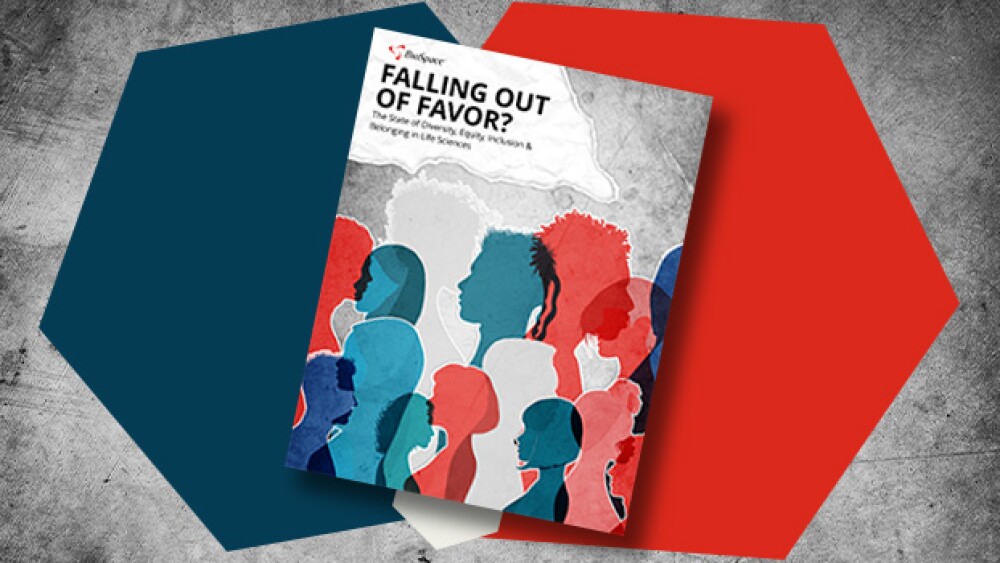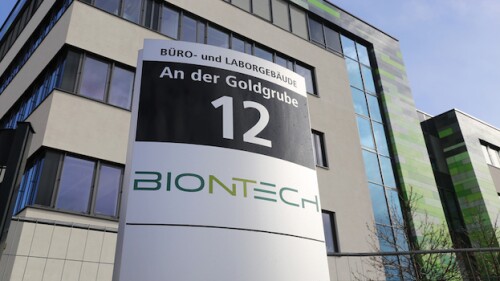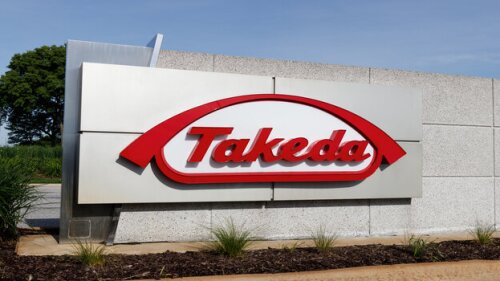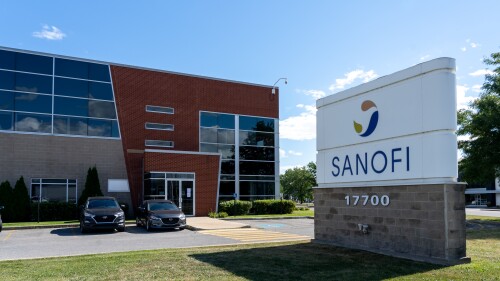The condition, recessive dystrophic epidermolysis bullosa, causes chronic wounds and has an 84% mortality rate by age 40.
Vas Narasimhan said on Tuesday that if the U.S. adopts international drug pricing, all companies would have to “relook at their medium- to long-term outlook.”
Following the recent discontinuations of assets in Alzheimer’s and migraine, AstraZeneca is stepping away from neuro altogether.
While Vaxart can proceed with its study, fellow COVID-19 vaccine developers GeoVax and Novavax continue to be hamstrung by various regulatory roadblocks.
Biohaven will use the money to bankroll commercial preparations for the spinocerebellar ataxia drug candidate troriluzole, which is currently under FDA review with a decision expected in the third quarter.
The company’s $3 billion in earnings for the first quarter missed on both top and bottom line, according to BMO Capital Markets. Adding insult to injury, the FDA declined to approve a prefilled syringe of its ophthalmology cornerstone.
FEATURED STORIES
More than a decade after Merck’s Keytruda and BMS’ Yervoy ushered in the immuno-oncology revolution, the space is at a crossroads, with experts highlighting novel targets, combinations and pre-emptive immunization as the next wave for IO.
Two recent documents—one from the FDA, the other from a commission organized by The Lancet Diabetes & Endocrinology—indicate an evolving mindset toward treating obesity as a chronic disease.
While at SCOPE 2025, Sam Srivastava, CEO at WCG Clinical discusses the challenges and responsibilities of the life sciences industry in building public trust amidst growing anger towards healthcare.
FROM BIOSPACE INSIGHTS
In a year when eradicated diseases are on the uptick in America, how will American children survive RFK Jr.’s vaccine scrutiny and inconsistency? Two experts call on pharma and regulatory bodies to rebuild trust.
LATEST PODCASTS
AstraZeneca targets $80 billion in revenue by 2030, layoffs at Bayer, BMS and Pfizer continue to generate attention across the biopharma industry, Takeda takes a deep dive into the molecular glue space and conference season is in full swing.
BioSpace’s Lori Ellis discusses the risks and challenges of cell and gene therapy combination products with DIA speakers James Wabby, AbbVie and Rob Schulz, Suttons Creek, Inc.
Mass layoffs represent a step for Bayer toward reducing managerial layers, while clinical results released in the last week could influence the parallel races between Novo Nordisk and Eli Lilly in the GLP-1 and insulin spaces.
Job Trends
Pfizer Inc. announced longer-term follow-up results from the Phase 3 CROWN trial evaluating LORBRENA® versus XALKORI® in people with previously untreated, anaplastic lymphoma kinase -positive advanced non-small cell lung cancer.
Subscribe to Genepool
Subscribe to BioSpace’s flagship publication including top headlines, special editions and life sciences’ most important breaking news
SPECIAL EDITIONS
A new generation of checkpoint inhibitors is emerging, with some showing more promise than others. From recent TIGIT failures to high-potential targets like VEGF, BioSpace explores what’s on the horizon in immuno-oncology.
Peter Marks, the venerable head of the FDA’s Center for Biologics Evaluation and Research, has been forced out. In this special edition of BioPharm Executive, BioSpace takes a deep dive into the instability of the HHS.
Year-over-year BioSpace data show biopharma professionals faced increased competition for fewer employment opportunities during the first quarter of 2025.
DEALS
-
The blood plasma pharma is considering a buyout offer from the founding family and asset manager Brookfield, which would delist the company from the Spanish and Nasdaq markets.
-
Eli Lilly on Monday announced a $3.2 billion all-cash deal to purchase Morphic and its pipeline of oral integrin therapies in a move to expand the pharma’s presence in the autoimmune diseases space.
-
GSK on Wednesday restructured its contract with CureVac to gain access to the biotech’s influenza and COVID-19 programs for $430 million upfront and up to $1.13 billion in future payments.
-
Eli Lilly is expanding its radiopharmaceutical portfolio with a $140 million upfront payment to Radionetics Oncology and the exclusive future right to acquire the biotech for $1 billion.
-
Samsung Biologics announced Tuesday it has signed its largest contract ever—a $1.06 billion manufacturing deal with an unnamed pharmaceutical company headquartered in the U.S.
WEIGHT LOSS
-
A week after it released positive early-stage data, Metsera has partnered with Amneal Pharmaceuticals in an effort to secure the development and supply of its investigational weight loss therapy MET-097.
-
The acquisition was featured Monday in Roche’s Pharma Day presentation, which also included projections of more than $3 billion in annual sales from three early-stage obesity and diabetes drugs.
-
Sen. Bernie Sanders’ aggressive targeting of Danish drugmaker Novo Nordisk’s Ozempic and Wegovy pricing, and not Eli Lilly’s rival drugs, is not fair.
-
In a Tuesday Senate hearing on Novo Nordisk’s drug pricing, CEO Lars Fruergaard Jørgensen said he would be willing to sit down with the three largest pharmacy benefit managers who committed that they would expand coverage of Ozempic and Wegovy if Novo lowers its list prices for the blockbuster drugs.
-
New revelations from the showdown between Novo Nordisk’s CEO and Bernie Sanders’ Senate health committee Tuesday; PhRMA’s legal victory in IRA case; the federal interest rate cut and anticipated approval for schizophrenia.
POLICY
-
Former president and CEO of CytoDyn Nader Pourhassan along with Kazem Kazempour, former CEO of the CRO running CytoDyn’s trials, are awaiting sentencing but could face up to 20 years in prison for each count of securities and wire fraud and insider trading.
-
The EPIC Act has been proposed with bipartisan and industry support to give small molecule drugs the same protection against price negotiation as biologics, but concerns over how to balance the federal budget could prevent a short-term fix to the IRA.
-
In the U.S., the chorus of opposition against the proposed buyout continues to grow and now includes the CEOs of Roche and Lilly, a broad coalition of unions and consumer groups and at least one senator.
-
Iskra Reic will continue to serve as the pharma’s senior vice president for Vaccines and Immune Therapies as she steps in for Leon Wang, who was detained by Chinese authorities in November.
-
Novartis is seeking to prevent the entry of generics for its blockbuster heart failure drug Entresto, its top-selling asset that brought in more than $6 billion in net global sales last year.
The life science industry is growing rapidly, and many companies have announced expansions and job creation. Still, others have been forced to cut costs and slash jobs. For that and more, continue reading.
BioSpace spoke with Jay Johnson, the Director of Talent Acquisition for Orthopedics at Stryker, to find out what it takes to land a job in medical sales.
Since 2020, the life sciences industry has worked to rebound from the COVID-19 pandemic. But one sector’s growth has far outpaced the others–the biotech industry.
Location is everything when it comes to compensation in the life sciences. We’ve compiled data from BioSpace’s 2023 Life Sciences Salary Report to help you choose the best place to live and work.
Sales and marketing roles in the life sciences field are in high demand. To help with your job search, we’ve compiled a guide to sales and marketing jobs in the life sciences industry.
With a swirl of rumors around the changes in ownership in the pharma industry, this invariably triggers reviews of business strategies. Because of this, wider skillsets from related sectors are needed.
HOTBEDS
REPORTS
In this Employment Outlook report, BioSpace explores current workforce sentiment, job activity trends and the prospective job and hiring outlook for 2025, particularly as it compares to the previous year.
BioSpace’s third report on diversity, equity, inclusion and belonging in life sciences examines dramatic shifts in attitude around diversity initiatives.
CANCER
-
Incyte is abandoning its ALK2 blocker zilurgisertib, which it was trialing for myelofibrosis-associated anemia, while iTeos will deprioritize the development of inupadenant after it failed to meet the biotech’s clinical bar in a Phase II study of metastatic non-small cell lung cancer.
-
Pfizer, facing increasing pressure from Novartis, is touting a Phase III win for Ibrance as the first clinical evidence supporting the CDK4/6 inhibitor class’ use in patients with a specific type of breast cancer.
-
Candel’s trial was conducted under the FDA’s Special Protocol Assessment program, meaning that its data could be used as a basis for a regulatory application.
-
With nearly 90% of patients showing no detectable cancer cells after treatment, J&J and Legend’s Carvykti could stave off competition from emerging CAR T therapies such as Gilead and Arcellx’s anito-cel.
-
BNT327, now in early-phase trials, is part of a class of drugs that could one day challenge Keytruda’s dominance. BioNTech obtained the candidate when it bought Biotheus last month in an acquisition deal that could reach up to $950 million.
NEUROSCIENCE
-
BMO Capital Markets analyst Evan Seigerman in a note to investors said the late-stage data for Vertex’s experimental non-opioid pain medication “reaffirms our confidence in the strength of suzetrigine’s profile.” However, William Blair analysts view these data as “an incremental positive” as the company faces challenges in targeting the acute pain market.
-
Wave Life Sciences in a Tuesday filing with the SEC said Takeda has elected to terminate its option to continue work on Wave’s WVE-003 clinical-stage Huntington’s disease program—a potential $5 billion commercial opportunity, according to the biotech.
-
Johnson & Johnson is cutting several programs—most of which are in neurology and psychiatry—as the company also pulls back from the infectious diseases market.
-
Under the deal, the Danish pharma will gain access to Longboard’s 5-HT2C receptor superagonist that is currently in late-stage development for seizures in various developmental and epileptic encephalopathies, including Dravet syndrome.
-
Since its inception in 1992, the FDA’s accelerated approval pathway has helped shepherd nearly 300 new drugs to the market. However, recent years have seen a number of high-profile market withdrawals and failed confirmatory trials.
CELL AND GENE THERAPY
-
Longeveron and Lexeo Therapeutics are working on CGT therapies to treat Alzheimer’s disease, but it’s not clear whether they have a better chance of success than traditional approaches.
-
Ultracompact CRISPR systems, which are in some cases one-third the size of Cas9, are being designed to be more specific and enable in vivo gene editing in difficult to reach tissues.
-
Approved under the regulator’s accelerated pathway, Tecelra is also the first new synovial sarcoma therapy in more than a decade, according to Adaptimmune Therapeutics.
-
Sarepta has been hit with another patent infringement lawsuit, this time from Sanofi and its subsidiary Genzyme alleging that the biotech used protected technology related to AAV vectors.
-
The advantages of using circular RNAs—including increased durability, enhanced protein expression and substantially lower manufacturing costs compared to linear mRNAs—have driven a spate of investment in this technology.

